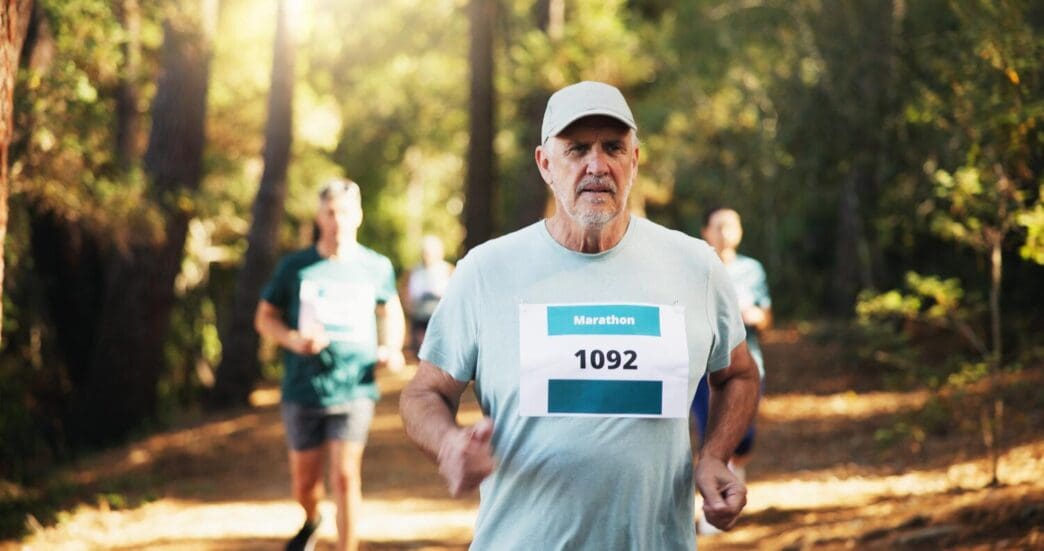A Quick Takeaway
The Story Behind the Trend
How to Make It Work for You
The Community View
A DNF, or “Did Not Finish,” is a challenging experience for any runner, but for those navigating Florida’s unique climate, the reasons and recovery can be particularly nuanced. It occurs when a runner is unable to complete a registered race, whether due to unforeseen circumstances like injury, extreme weather, or simply hitting the wall, often leaving them with a mix of physical discomfort and emotional disappointment. Understanding how to process this setback, learn from it, and strategically plan for a stronger return is crucial for maintaining a sustainable and positive running journey in the Sunshine State.
The Immediate Aftermath: Processing the DNF
The moment you realize you cannot continue a race can be profoundly disheartening. It is essential to prioritize your immediate physical safety and seek any necessary medical attention from race officials. Once safe, allow yourself to feel the emotions that arise, whether frustration, sadness, or anger, as these are natural responses to a significant effort falling short.
Resist the urge to immediately dissect what went wrong. Instead, focus on rehydrating, refueling, and resting. Connect with your support system, whether friends, family, or fellow runners, who can offer empathy and perspective. Remember that a DNF does not define your worth as a runner or an individual.
Unpacking the “Why”: Analyzing Your Florida DNF
Once you’ve had time to process the initial emotions, a reflective analysis of your DNF can be incredibly beneficial. This isn’t about self-blame, but about identifying actionable insights for future races. Consider various factors that might have contributed, paying special attention to Florida’s specific challenges.
Physical Factors
An underlying injury, even a minor niggle, can escalate under race conditions, leading to a DNF. Overtraining in the weeks leading up to the race can leave you fatigued and vulnerable. Conversely, insufficient training volume or intensity might mean your body simply wasn’t prepared for the demands of the distance or pace.
Nutrition and hydration leading up to and during the race are critical. Improper fueling can lead to “hitting the wall,” while inadequate electrolyte intake, especially in Florida’s heat, can cause cramping, dizziness, and severe fatigue.
Environmental Factors (Florida Specific)
Florida’s heat and humidity are notorious race disruptors. Even on seemingly mild days, the dew point can be high, making exertion feel exponentially harder. Lack of proper heat acclimatization, insufficient hydration, and poor electrolyte management are primary culprits for DNF’s in the state.
Unexpected afternoon thunderstorms are also common, bringing torrential rain, lightning, and course closures. Runners must be prepared for dynamic weather and understand when it’s safer to stop. These environmental challenges demand a specific approach to training and race strategy.
Mental & Strategic Factors
Your mental state plays a significant role in race performance. Self-doubt, negative self-talk, or an inability to push through discomfort can contribute to a DNF. A lack of a solid race plan, or an inability to adapt that plan when things go awry, can also be detrimental.
Starting too fast, neglecting aid stations, or failing to listen to your body’s signals are strategic missteps. Often, a DNF is a confluence of several smaller issues rather than a single catastrophic failure.
The Road to Recovery: Physical & Mental Healing
A DNF demands a thoughtful recovery period, addressing both the physical toll and the mental impact. Rushing back into training can lead to further injury or burnout.
Prioritizing Physical Recovery
Allow your body adequate rest. This might mean several days of complete rest followed by light, low-impact activities. Gradually reintroduce running, focusing on easy efforts and shorter distances. Listen intently to any lingering aches or pains and address them promptly with stretching, foam rolling, or professional help.
Re-evaluate your nutrition and hydration habits. Ensure you’re consuming nutrient-dense foods to aid tissue repair and maintain consistent hydration. Consider blood work to check for any deficiencies, especially iron or Vitamin D, which can impact energy levels and recovery.
Nurturing Mental Resilience
Reframing the DNF is crucial for mental recovery. View it not as a failure, but as a learning experience. Identify specific lessons learned from the race and how you can apply them to future training and racing. Set new, realistic goals, which might initially be smaller or process-oriented rather than outcome-focused.
Engage in activities that bring you joy and help you reconnect with the pure pleasure of movement, rather than just performance. This could be casual runs with friends, cross-training, or simply enjoying nature. Seek support from a sports psychologist or a trusted mentor if negative thoughts persist.
Rebuilding Stronger: Training & Prevention
Returning to training after a DNF should be a deliberate, progressive process aimed at building a more resilient runner.
Gradual Return to Training
Do not jump back into your previous training plan. Start with a foundational phase, focusing on easy mileage and building a solid aerobic base. Incorporate strength training, mobility work, and prehab exercises to address any weaknesses identified during your DNF analysis. This comprehensive approach helps prevent future setbacks.
Incrementally increase your weekly mileage and long run distances. Pay close attention to recovery days and ensure adequate sleep. This period is about rebuilding confidence and fitness steadily, not about making up for lost time.
Strategic Acclimatization for Florida Conditions
For Florida runners, heat acclimatization is non-negotiable. Gradually expose yourself to warmer conditions during training, starting weeks or months before a summer race. Focus on consistent hydration and proper electrolyte supplementation during all runs, not just long ones.
Practice your race-day hydration and nutrition strategy during training runs in similar conditions. Experiment with different fluids and gels to find what works best for your body. Understand your sweat rate and adjust your fluid intake accordingly.
Race Day Strategy Refinement
Develop a flexible race plan that accounts for potential challenges, especially Florida’s weather. Practice pacing strategies, including a conservative start, which is often crucial in warm conditions. Mentally rehearse how you will handle unexpected issues like stomach distress or a sudden downpour.
Familiarize yourself with the race course and aid station locations. Know when and where you plan to take in fluids and fuel. Having a clear, adaptable strategy can significantly boost confidence and reduce the likelihood of another DNF.
Embracing the Journey: Community and Perspective
Remember that a DNF is a common part of the running journey for many athletes, from beginners to seasoned veterans. Connect with your local running community; sharing experiences can provide valuable perspective and support. Many runners have faced similar disappointments and emerged stronger.
Focus on the long-term enjoyment and health benefits that running provides. Cultivate a mindset that values effort, learning, and resilience over flawless outcomes. Each run, successful or not, contributes to your growth as an athlete and as an individual.
A DNF is not the end of a runner’s story, but rather a powerful chapter offering invaluable lessons. By thoughtfully processing the experience, analyzing its causes, prioritizing holistic recovery, and strategically rebuilding training, Florida runners can transform a setback into a stepping stone towards greater resilience, wisdom, and future success on the road or trail.








